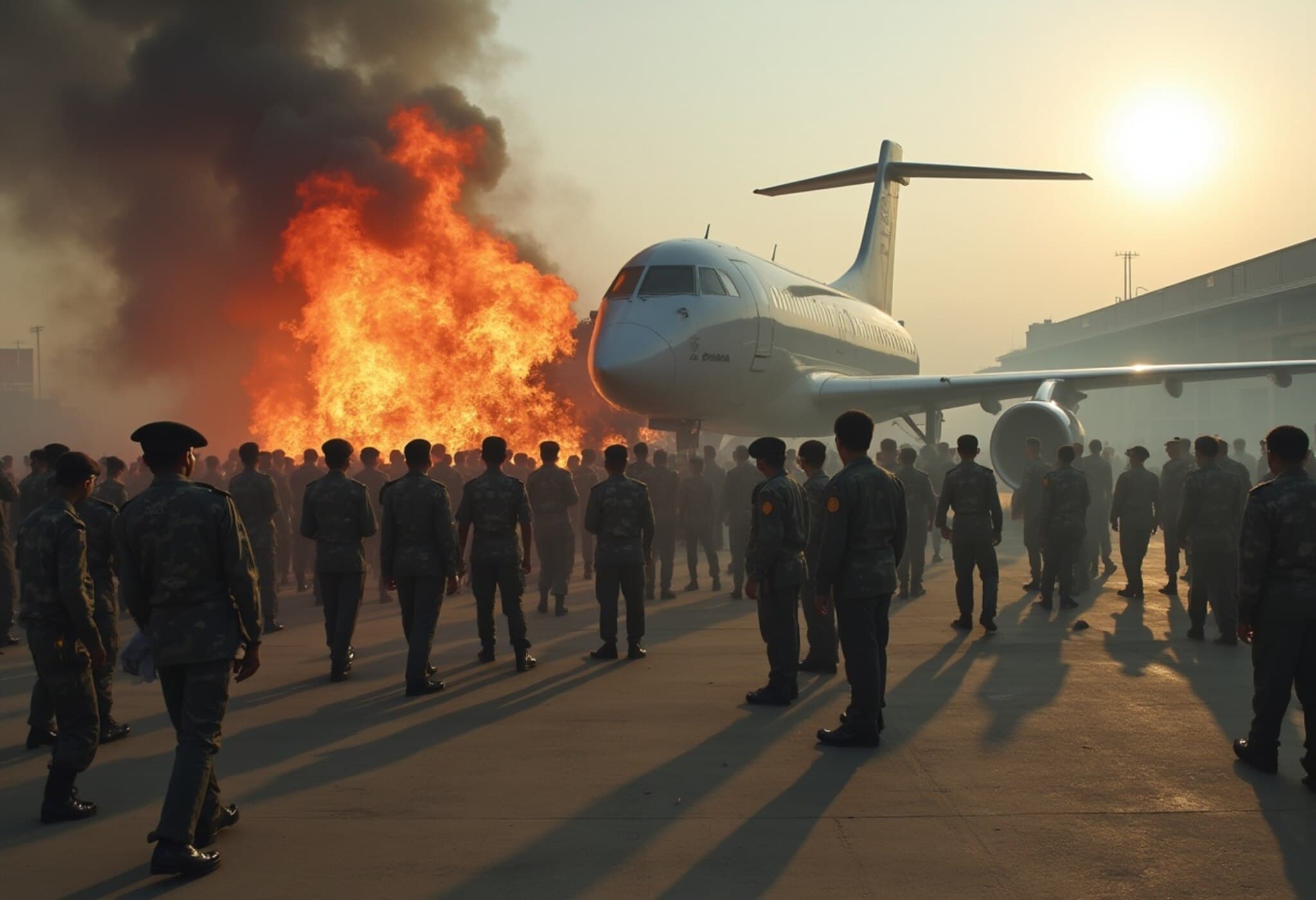Urgent Search Underway After Small Plane Crashes Near Pacific Grove
Late Saturday night, a small twin-engine Beechcraft aircraft tragically went down off the coast near Pacific Grove, California, initiating a large-scale emergency response. The plane, which had departed from San Carlos Airport just before 11 p.m., crashed approximately 200 yards from Point Pinos, a scenic but perilous section of the California shoreline.
Passengers and Ongoing Rescue Efforts
On board were three individuals. Rescue teams recovered two passengers found unresponsive in the waters, raising grave concerns about their survival. Meanwhile, the search continues tirelessly for the third occupant, with the US Coast Guard coordinating efforts involving boats and helicopters combing the area through the night.
Context: A Surge in Small Aircraft Incidents
This devastating incident is part of a worrying increase in aircraft accidents involving small planes across the United States. In recent years, small aircraft have accounted for a disproportionate number of fatal aviation accidents, often linked to factors such as pilot experience, mechanical failures, and challenging weather conditions.
Pacific Grove’s coastal area presents unique challenges to aviators. The proximity of the ocean, shifting weather patterns, and limited emergency landing zones make flying in the region a complex task. Aviation safety experts emphasize that increased pilot training on coastal operations and enhanced maintenance protocols could be critical in preventing future tragedies.
Expert Insights on Aviation Safety and Policy Implications
According to aviation policy analysts, the uptick in such accidents demands renewed attention to small plane regulations and oversight. In particular, they call for:
- Stricter maintenance requirements for aging twin-engine aircraft commonly used for private and charter flights.
- Expanded pilot training programs focused on emergency preparedness and coastal flying conditions.
- Investment in search and rescue infrastructure along vulnerable coastal areas where response times can be critical.
Furthermore, the emotional toll on families of those involved in small plane crashes underscores the need for more comprehensive victim support services and clearer communication from authorities during rescue efforts.
Community Impact and Next Steps
Local communities around Pacific Grove have expressed deep concern following the crash, with many residents volunteering to assist in search efforts and support affected families. Emergency response teams continue to work under challenging conditions, hoping to find the missing passenger and ascertain the causes behind the sudden tragedy.
Authorities have withheld the names of those involved pending family notification and further investigation. Meanwhile, the National Transportation Safety Board (NTSB) is expected to take charge of determining the crash’s circumstances, a process that may shed light on systemic issues within small aircraft operations.
Editor’s Note
The recent crash near Pacific Grove is a stark reminder of the intricate risks faced by pilots and passengers of small aircraft, especially in coastal regions. As we await further details, critical questions emerge: How can aviation authorities better safeguard these vulnerable flights? What policy reforms are necessary to reduce preventable accidents? And how can communities improve their preparedness for emergencies that strike without warning? This tragic event invites a broader conversation on aviation safety, emergency response, and the human stories intertwined with air travel’s uncertainties.



















